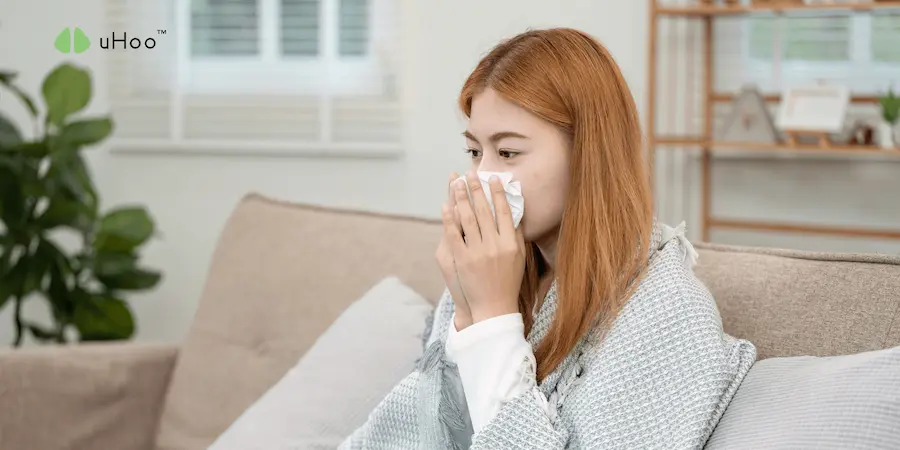When you feel unwell with symptoms like headaches, fatigue, or persistent sneezing, your first thought might be the flu or seasonal allergies. But what if the source of your discomfort isn’t a virus or pollen?
Is your home making you sick? The term “Sick Building Syndrome” refers to a condition where building occupants experience health issues that seem to be linked to time spent in a specific building. While often associated with offices, it can happen in your own home.
Your house, a place of comfort and security, could be harboring hidden air pollutants that contribute to chronic symptoms.
Is Your Home Making You Sick?
Indoor air pollution is a cocktail of contaminants from various sources. Here are some of the primary offenders that could answer, “Is your home making you sick?”
- Mold and Mildew: Found in damp areas like bathrooms and basements, mold spores can become airborne and trigger allergic reactions, asthma attacks, and other respiratory problems.
- Dust and Dust Mites: These common allergens are found everywhere—carpets, bedding, and upholstered furniture—and can cause sneezing, coughing, and irritated eyes.
- Volatile Organic Compounds (VOCs): From the chemicals in your cleaning supplies to the off-gassing from new flooring or furniture, VOCs can cause headaches, dizziness, and long-term health issues.
- Combustion Pollutants: Gas stoves, furnaces, and fireplaces can release dangerous gases like carbon monoxide (CO) and nitrogen dioxide (NO2), which can cause serious health effects.
- Pet Dander: Tiny skin flakes from pets can become airborne and are a common trigger for allergies and asthma.
Spotting the Signs
If your symptoms seem to improve when you leave the house and return when you come back, it’s a strong sign that your home environment is a contributing factor. Other signs include a persistent musty smell, excessive dust, or a noticeable difference in air quality when you open the windows.
Your Action Plan for a Healthier Home
- Identify the Source: The first step is to pinpoint the pollutants. An indoor air quality monitor like uHoo can help by tracking multiple pollutants simultaneously, giving you a comprehensive overview of what’s in your air.
- Improve Ventilation: Make it a habit to open windows regularly to let in fresh air and reduce the buildup of pollutants.
- Control Humidity: Use a dehumidifier in damp areas to prevent mold growth.
- Filter the Air: Invest in a high-quality air purifier with HEPA and carbon filters to capture particles and gases.
By taking these steps, you can turn your house back into a safe haven and ensure your home is a place that promotes, not harms, your health.

